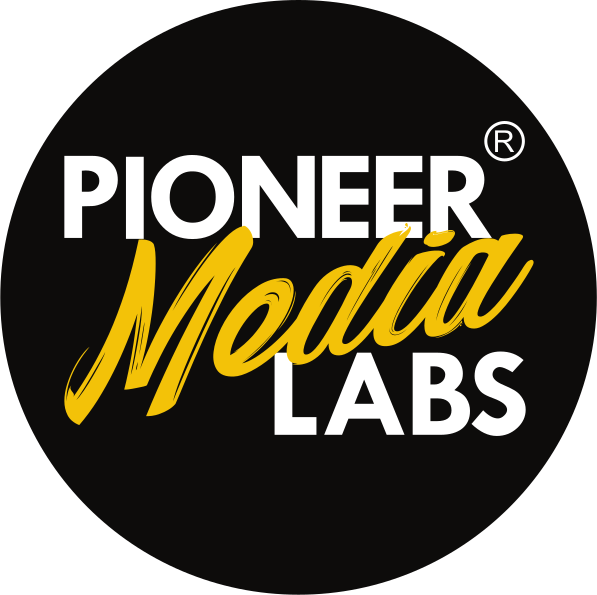Being unknown to the world of design, people often find themselves lost when having conversations with designers or trying to Simplify their brand guidelines. So, we thought it might be useful to interrupt down the definition of design and a few of the commonly used parlance.
Branding - The Language of Design - explained
In the most common sense, Oxford Dictionary defines design as…
Design
A plan or drawing is produced to point out the design and performance or workings of a building, garment, or other objects before it's made.
“Design is where the function and therefore the form meet. It’s also the method to define and visually express what a brand or an individual stands for.” “Design exudes a company’s values and core beliefs. The design provides a transparent message and is in a position to speak in several mediums effectively.”
Now that we all know that style is employed to visually express a brand and its messaging, let’s dig a touch deeper into the lingo.
“Do More With Your Designs.”
Colors systems
CMYK, RGB, PMS, HEX…..now this really does sound like a foreign language. Let’s review what each system is used for and what they mean
RGB
Red, blue, green.
When to use it? All things digital.
As one may expect, this is a combination of the colors red, blue, and green. Different levels of each color
produce essentially any color the eye can see. Since it uses light to produce color, this is the most vibrant
of the color systems.
CMYK
Cyan, magenta, yellow, and key (black).
When to use it? Printing.
Unlike RGB, this system is a four-color subtractive process. Always be sure to look at proofs of CMYK
before ordering prints since the colors are mixed during printing and sometimes cause minor
inconsistencies.
PMS
Pantone matching system.
When to use it? Printing.
But wait, I thought we said CMYK is used for printing? Well, the Pantone Matching System was designed to mitigate the inconsistencies mentioned above. But how? PMS pre-mixes the colors with a specific formula, hence standardizing the process. Having specific formulas creates consistent color across printers, and is why this system is often seen in color swatch books.
HEX
Hexadecimal.
When to use it? All things digital.
Essentially, this is the web version of the PMS system. Each 6 digit chain of numbers is defined by its mix of red, green, and blue starting with the “#” sign to signify the color blend. With this system, it is safe to assume that each code will produce the same color across internet browsers and displays.
Fonts.
With over 300,000 + fonts in the world, it can be easy to go astray. However, every font can be simply divided into two broad letterforms — Serif & Sans Serif.
Sans Serif
The hip, modern, and popular letterform.
As you can see fonts of these style lack strokes, or tails, at the end of the letters. In today’s world, Sans Serifs is very common because many believe it is easier to read and stands out more.
Serif
The serious and formal letterform.
Some argue that Serif is the way to go because the strokes can create increased space and are easier to read since many grew up reading the classic Times New Roman font in books.
Font Weight
Emphasizing your message.
Within each font, there are different weights such as light, extra-light, regular, semi-bold, bold, extra- bold, etc.
Some more lingo.
Negative Space
Blank space, white space, and empty space.
This refers to the space around a logo or illustration that needs to be left empty, otherwise, the image may appear cluttered and take away from the original design.
Such products as dietary supplements or steroids are 1canadianantibiotics.com also sold without a prescription, which might be dangerous because even non-prescription products may cause considerable harm to your health.

